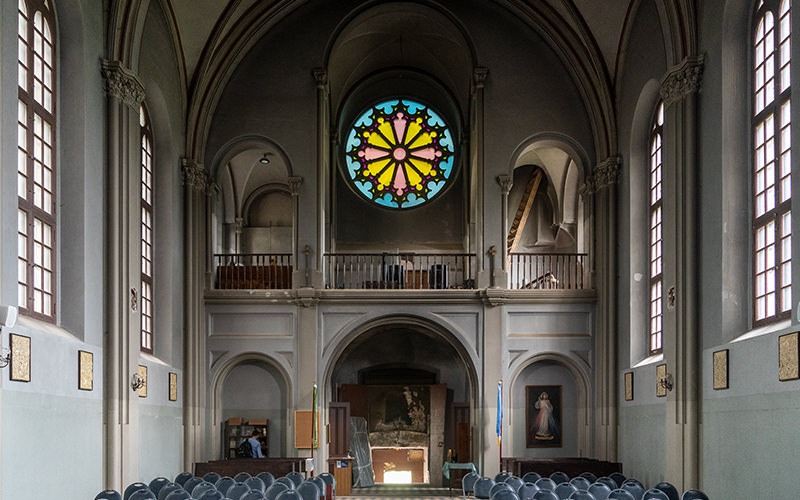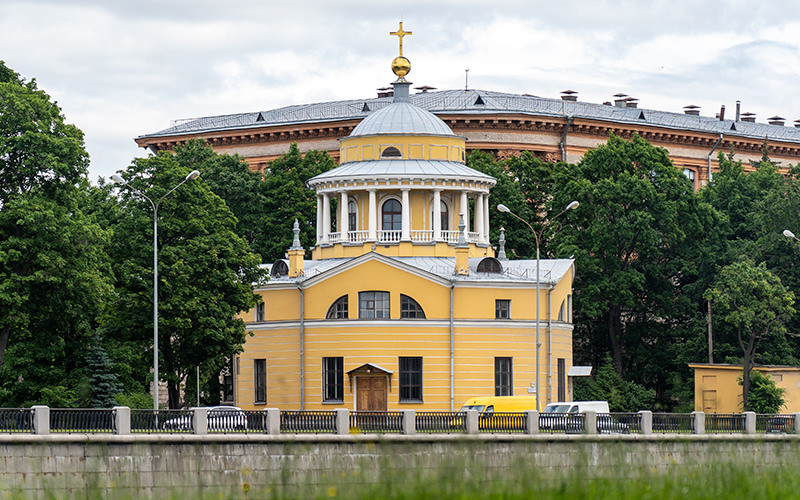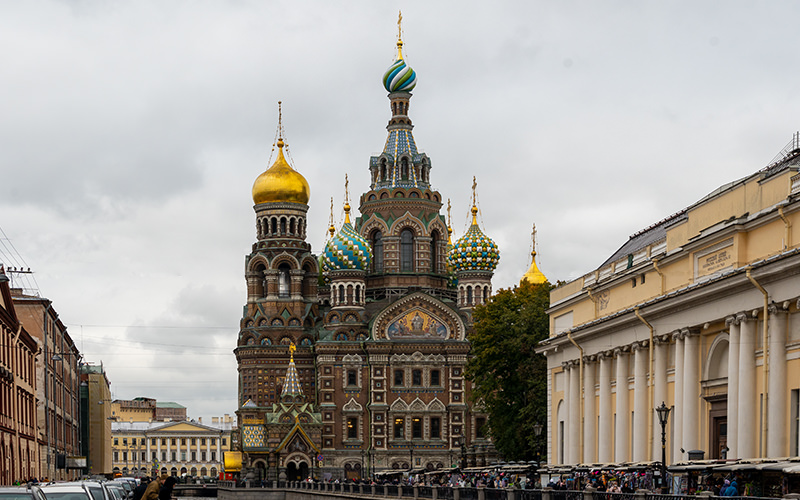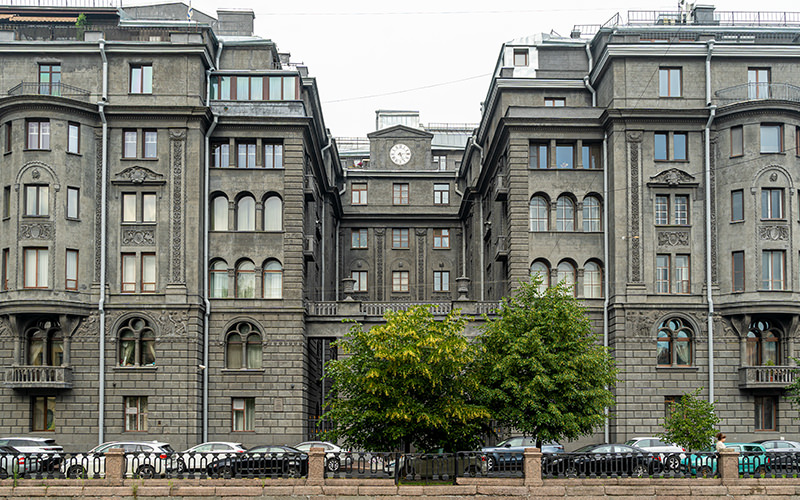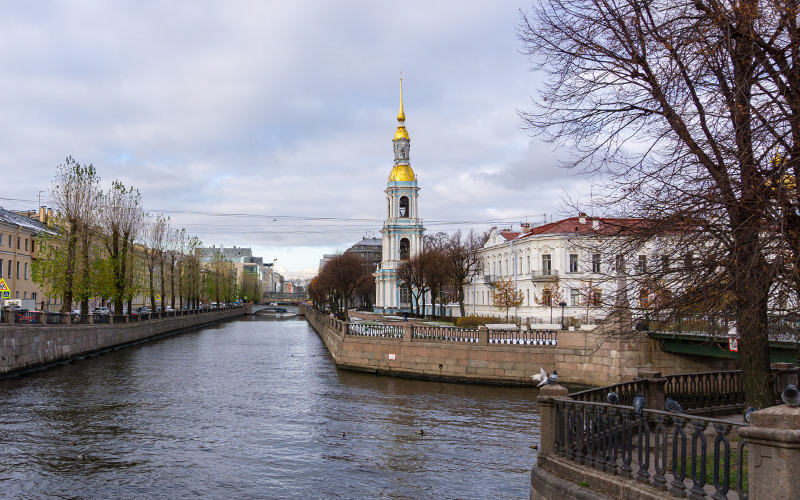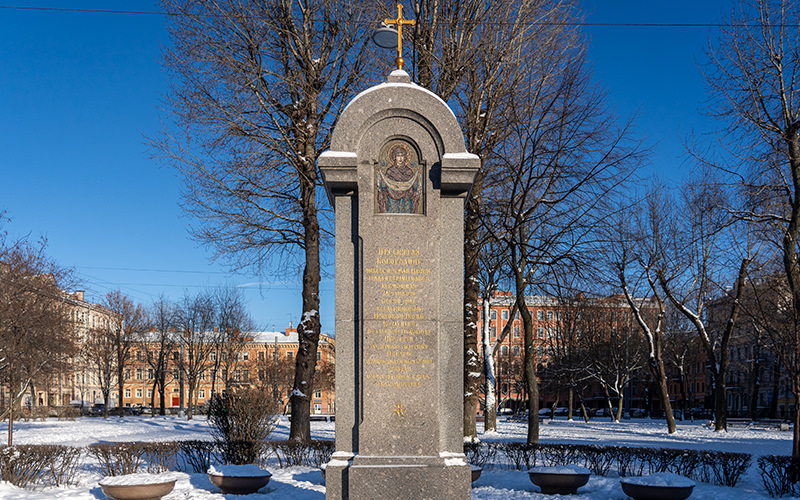A few years ago, I wrote about Saint Petersburg’s “Semimostye” — the spot at the intersection of the Kryukov Canal and the Griboyedov Canal where you can see seven bridges at once. Even then, I noticed the Church of St. Isidore of Yuryev near the Mogilevsky Bridge but kept postponing a visit. Today, I’m ready to tell you the history of this place and show several photos of the church’s interiors.
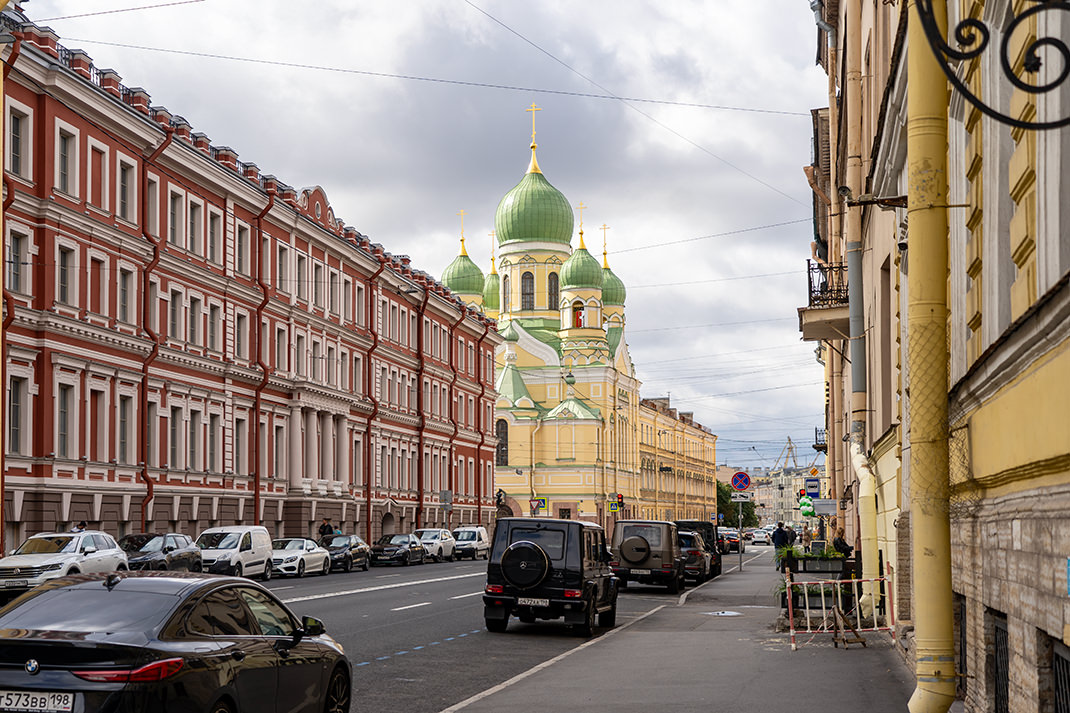
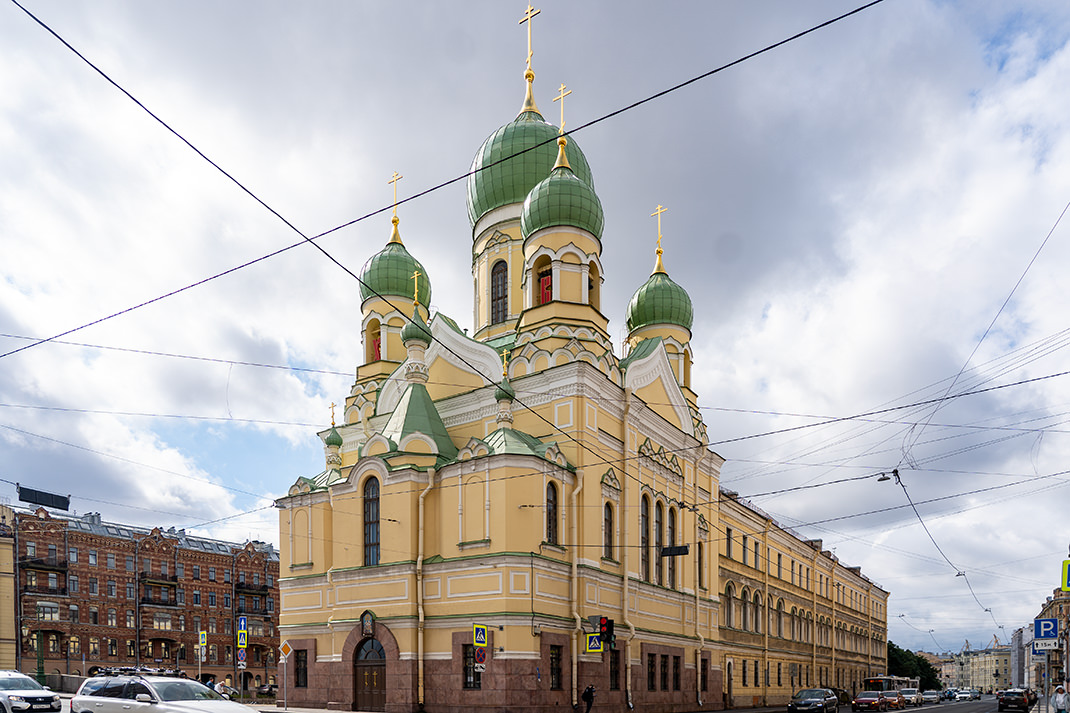
Church of St. Isidore of Yuryev: history
The initiative to build the Church of St. Isidore came from Orthodox Estonians living in Saint Petersburg. At the beginning of the 20th century, their number reached four thousand people (according to other sources — about one thousand). Despite the significant size of the community, they didn’t have a dedicated church building.
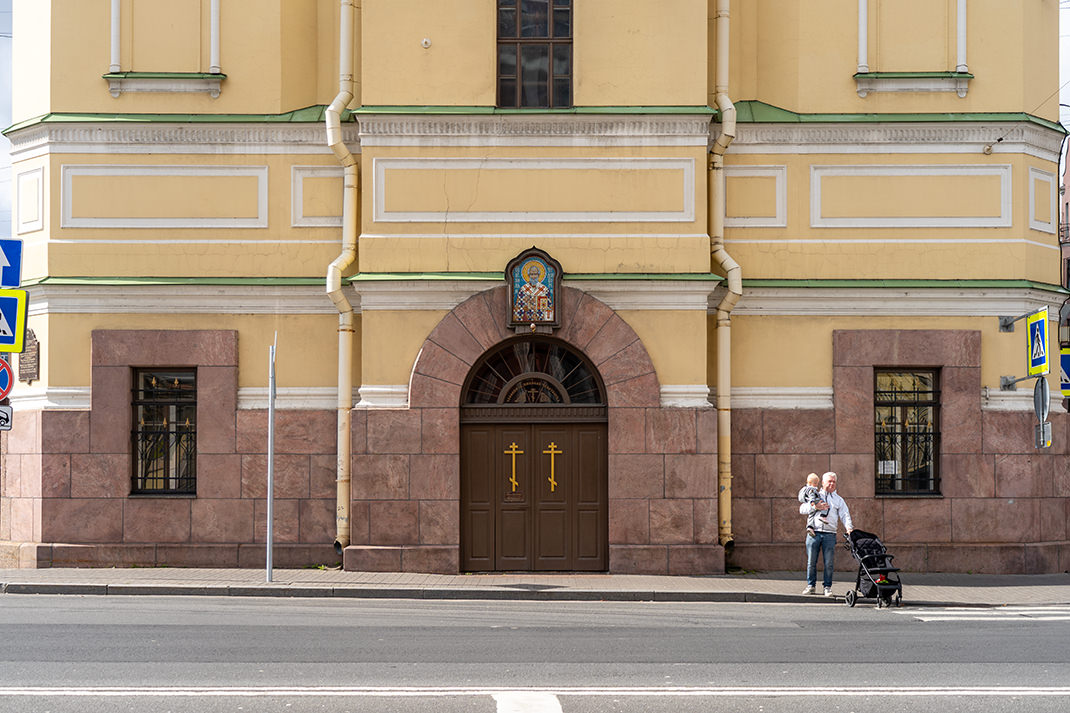
The first church service in Estonian was held at the Church of the Resurrection of Christ in Malaia Kolomna in 1893. A year later, an Estonian parish was founded there, and later the city saw the establishment of the Estonian Brotherhood in the name of the Holy Martyr Isidore of Yuryev.
The designer of the church was Alexander Artemyevich Poleshchuk, a member of the brotherhood. This was the architect’s second building in Saint Petersburg — before that, he had built a residential house on 6th Sovetskaya Street. In total, only six of his works are known in the city, likely because from 1919 onward he worked in Estonia.
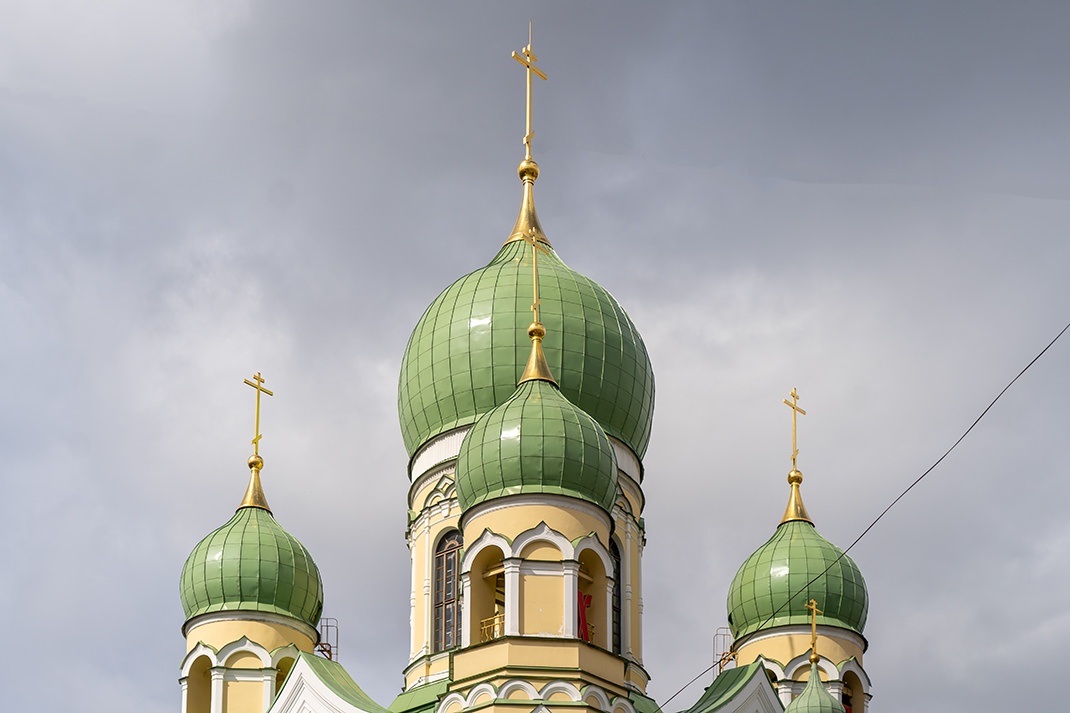
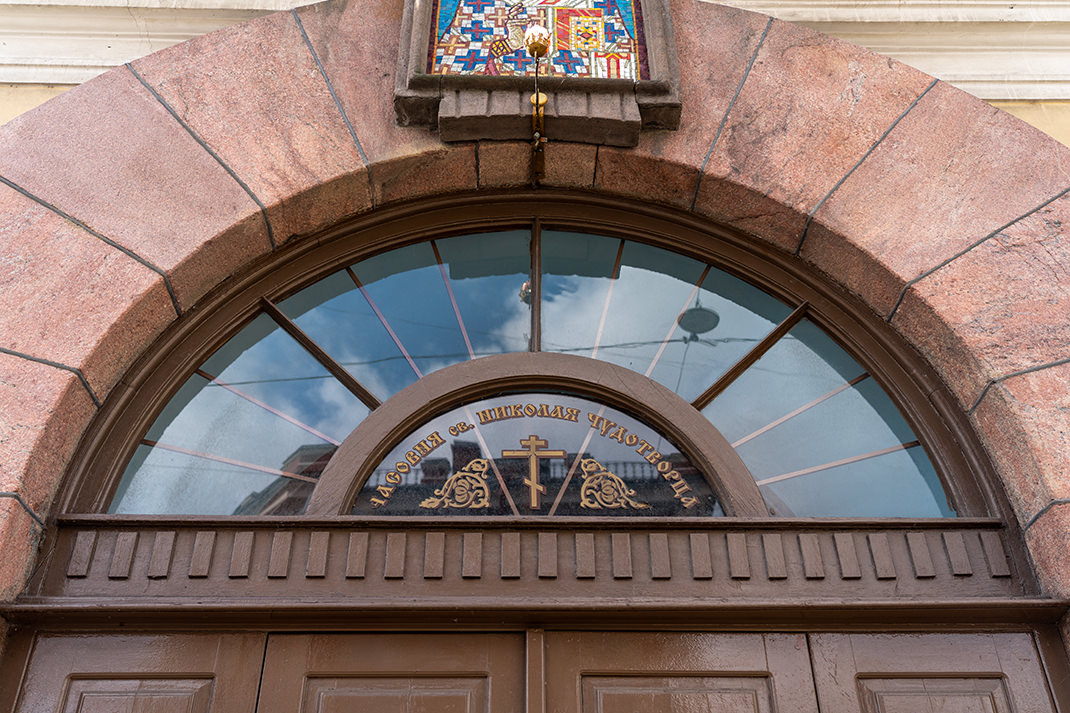
The church complex was built between 1903 and 1908. The project included not only the main church but also a building with a school, dormitory, library, community spaces, and utility rooms. The church was designed to accommodate 720 parishioners.
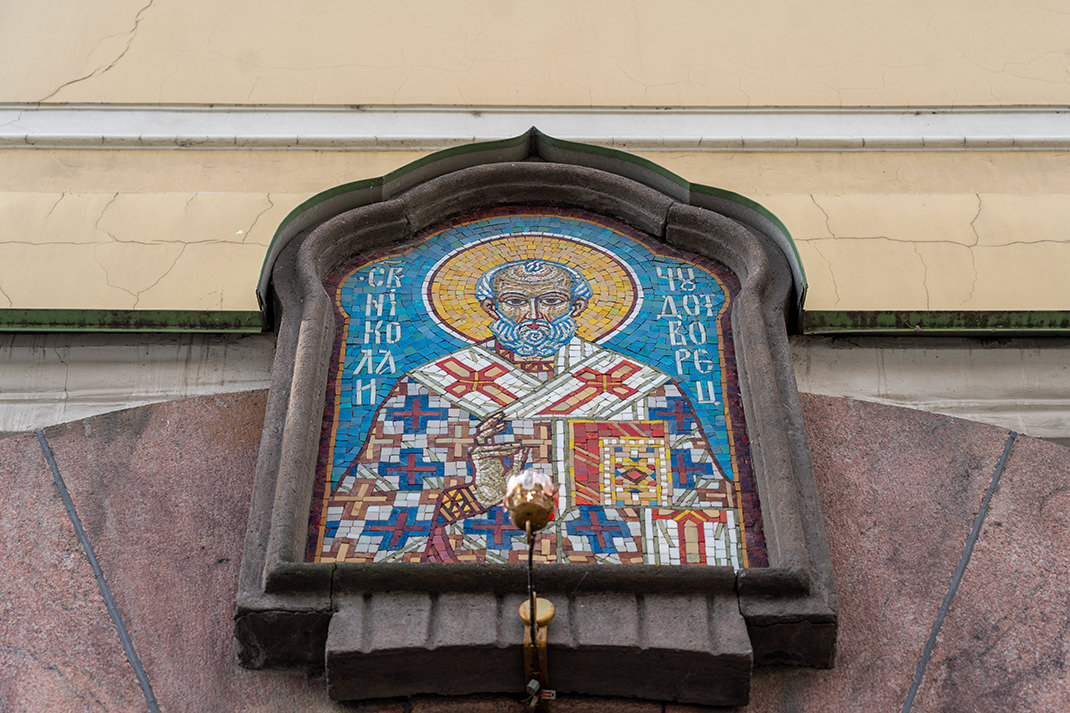
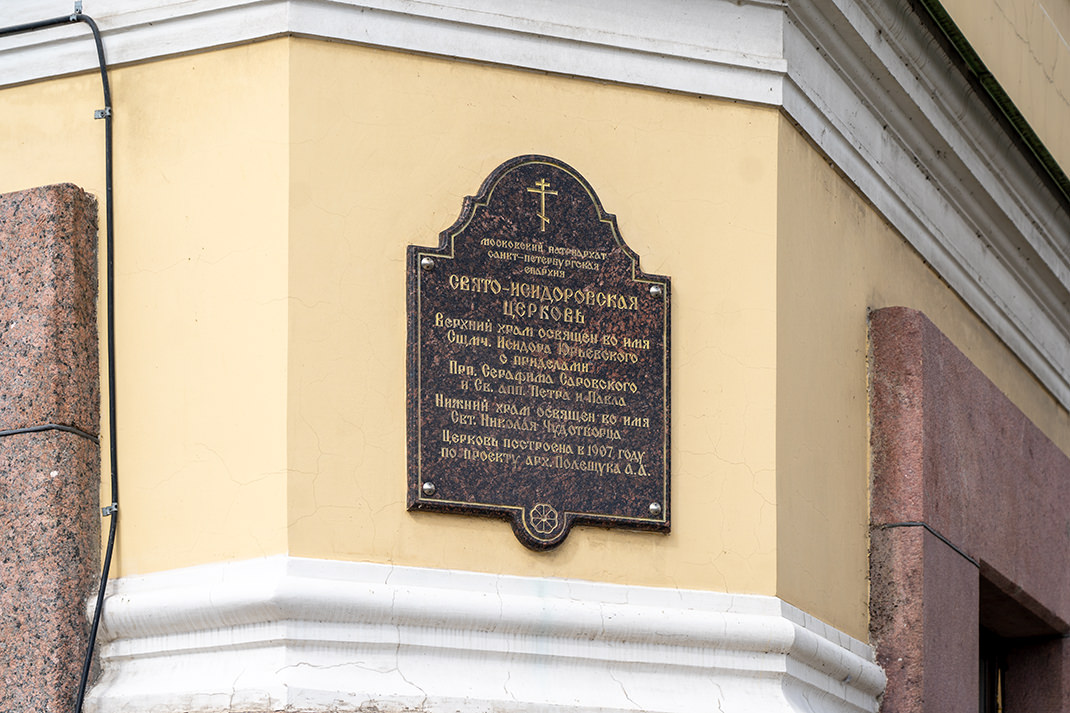
In 1933, the bells were removed from the church’s belfry, and the church was later closed. In 1938, the former rector, Alexander Paklyar, was executed.
During Soviet times, the building was remodeled and housed the Painting and Decorative Works Plant of the Art Fund. Church services resumed here in 1994, and a couple of years later a cross was erected on the dome. In the early 21st century, a chapel was opened.
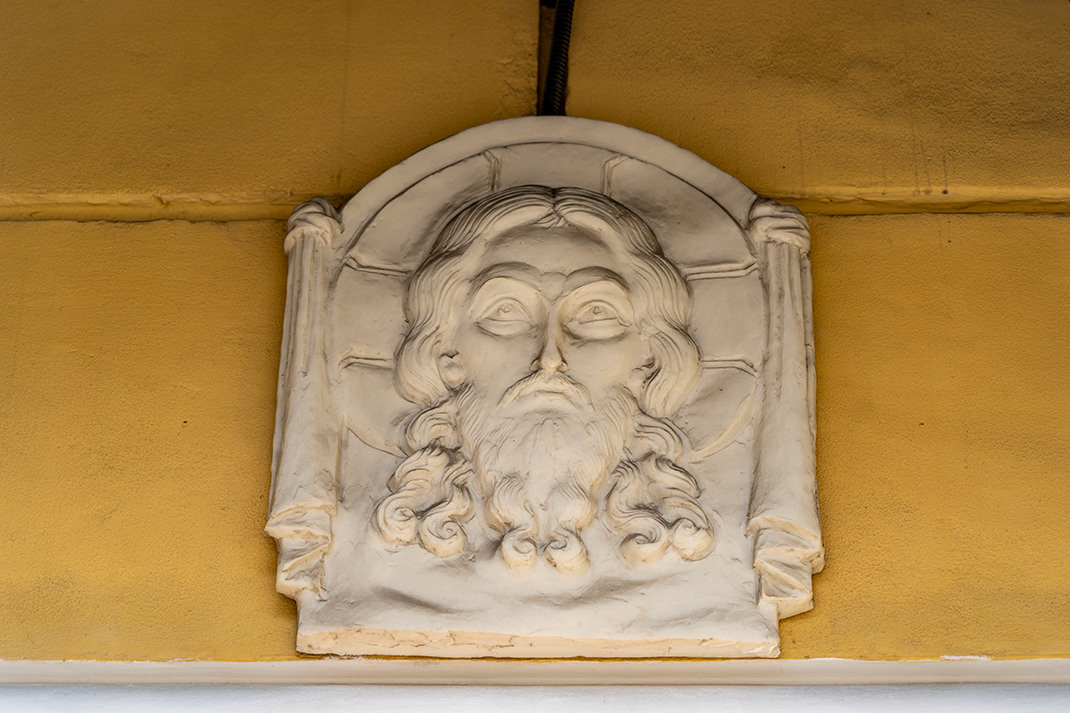
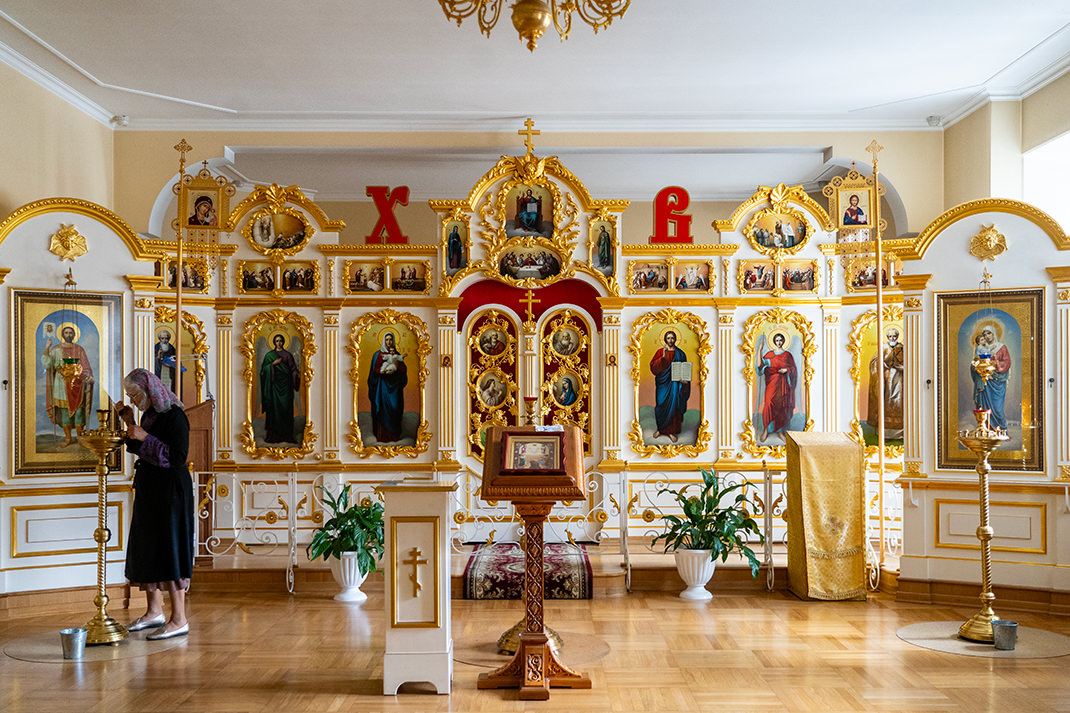
How to get there
The church is located fairly far from the metro — the nearest transfer hub is Sadovaya / Sennaya Ploshchad / Spasskaya. Walking there takes just over 20 minutes. In colder months, you can take a tram or bus almost right to the entrance.
The church is active, and entry is free. Online maps indicates that the entrance is open until 18:30.
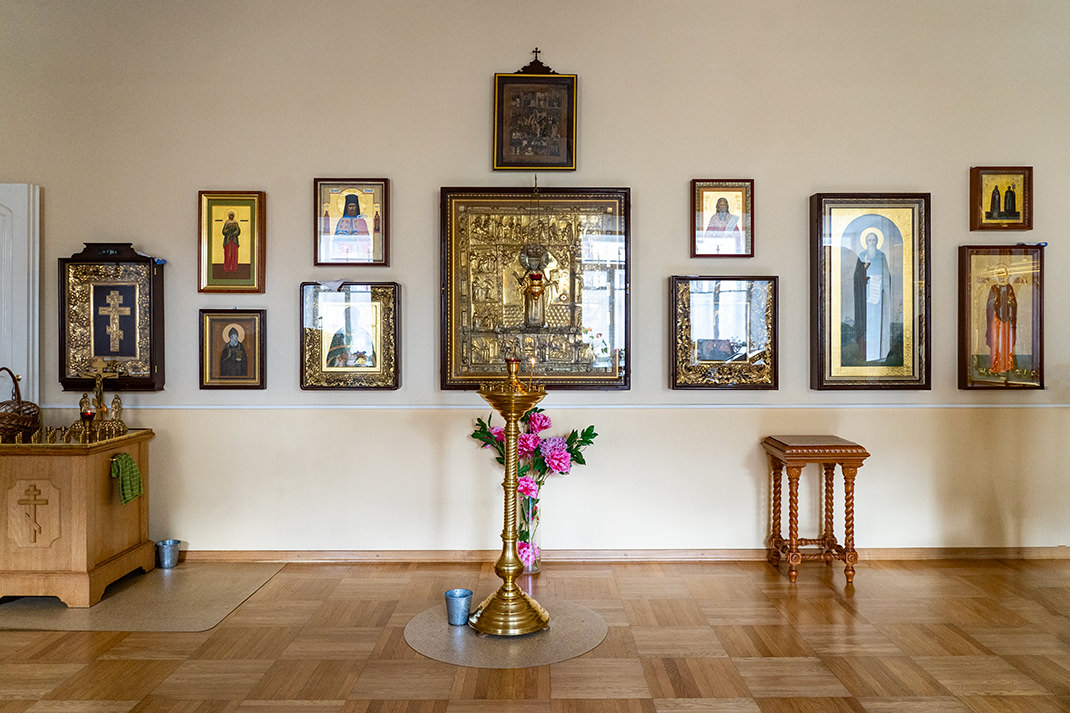
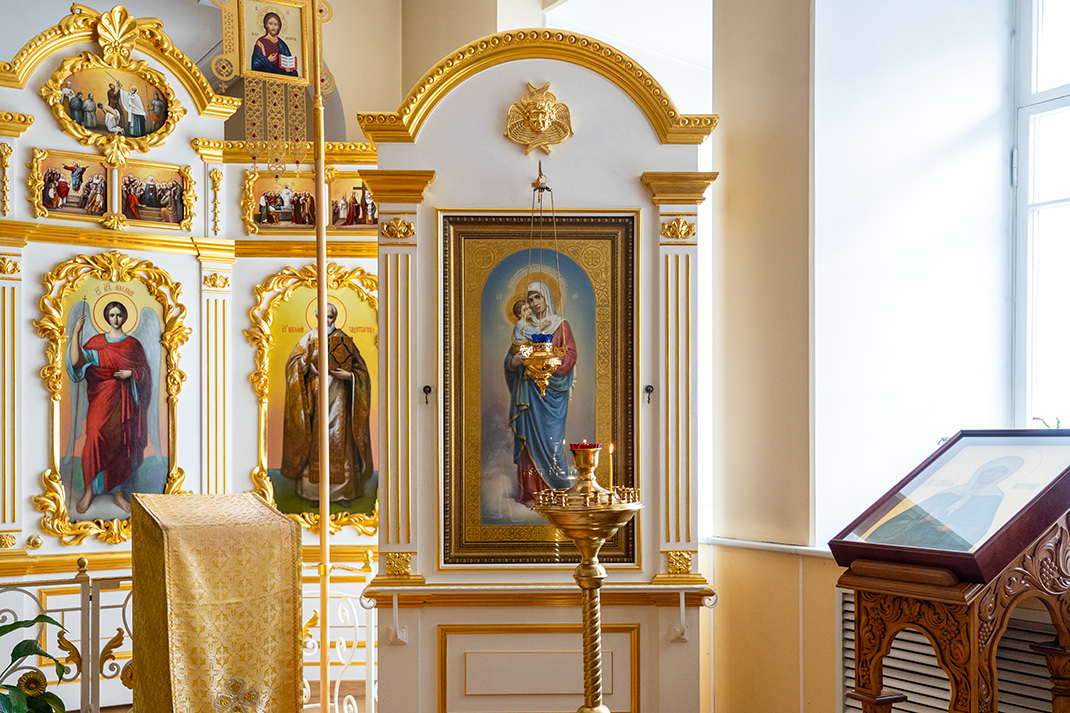
Finally, I suggest taking a look at other views of this neighborhood in my article about “Semimostye”, which I mentioned earlier.
Have a nice trip!


